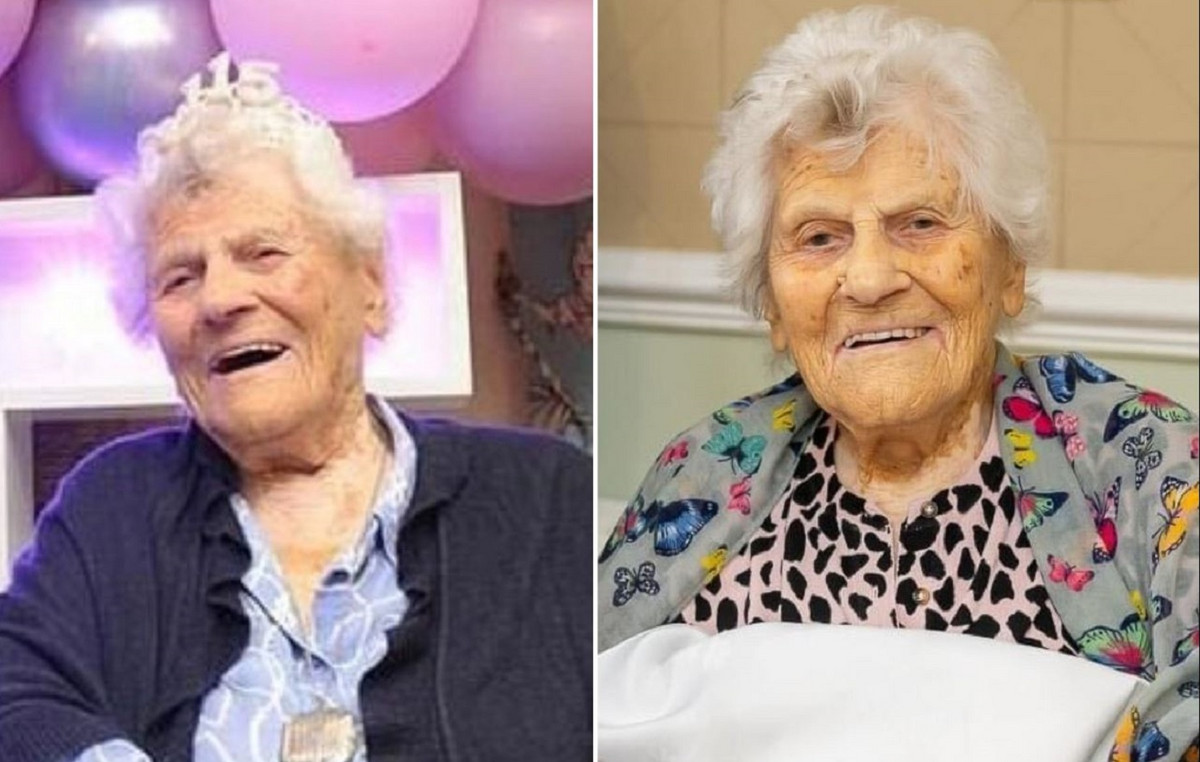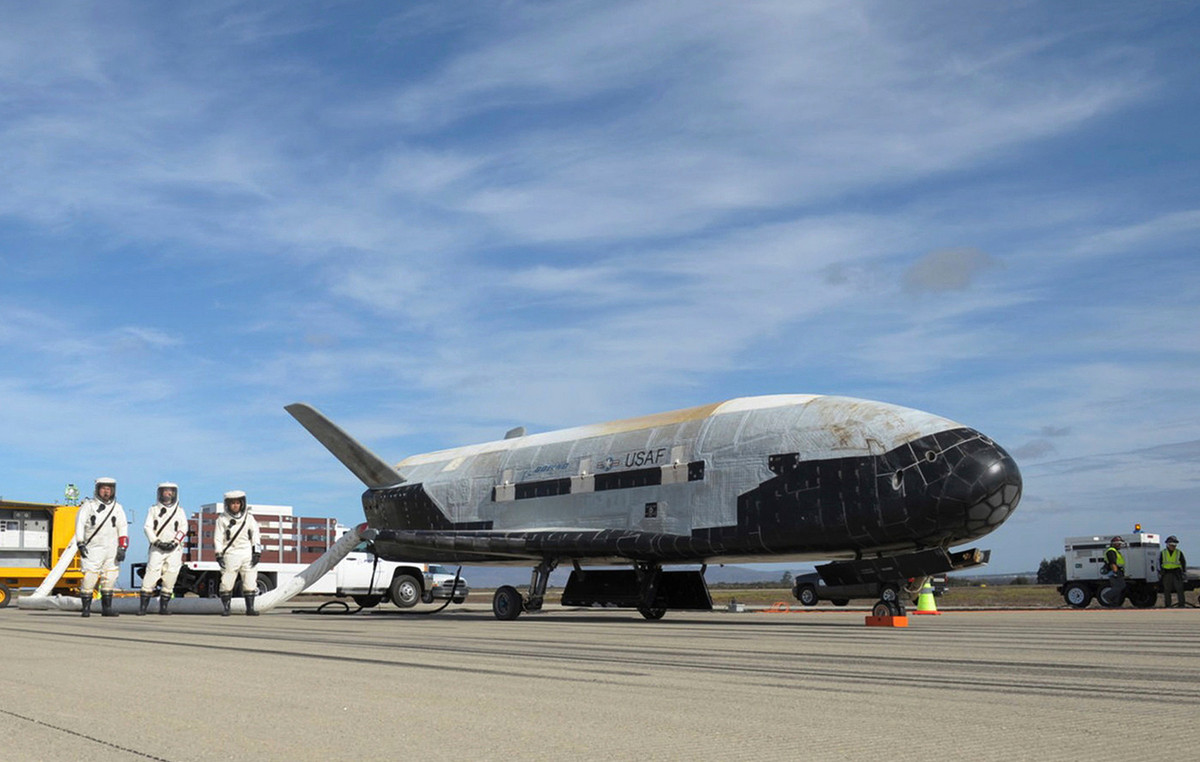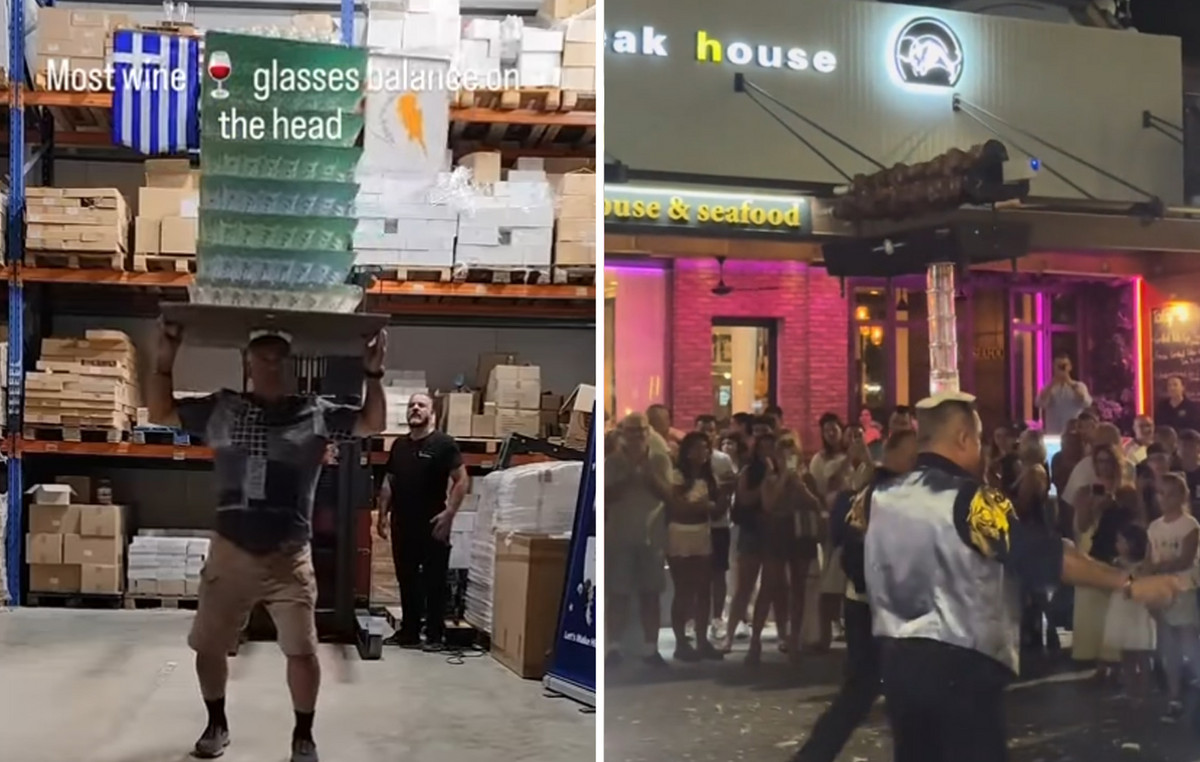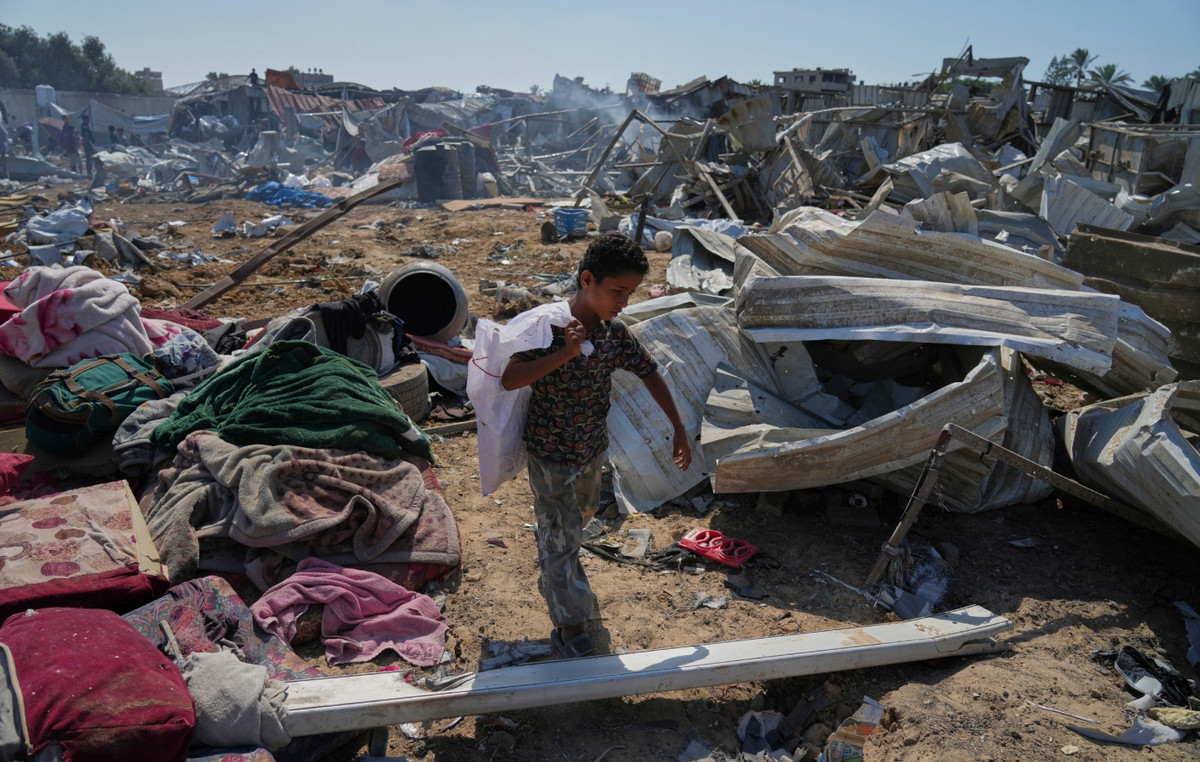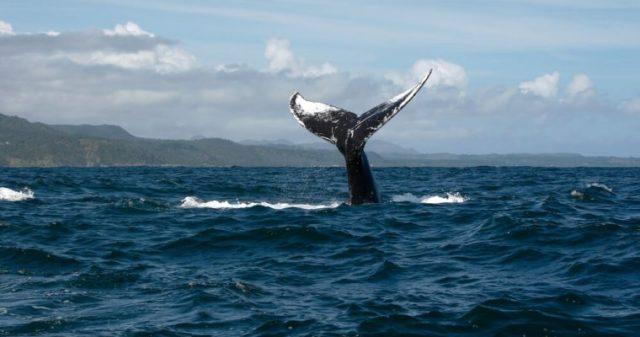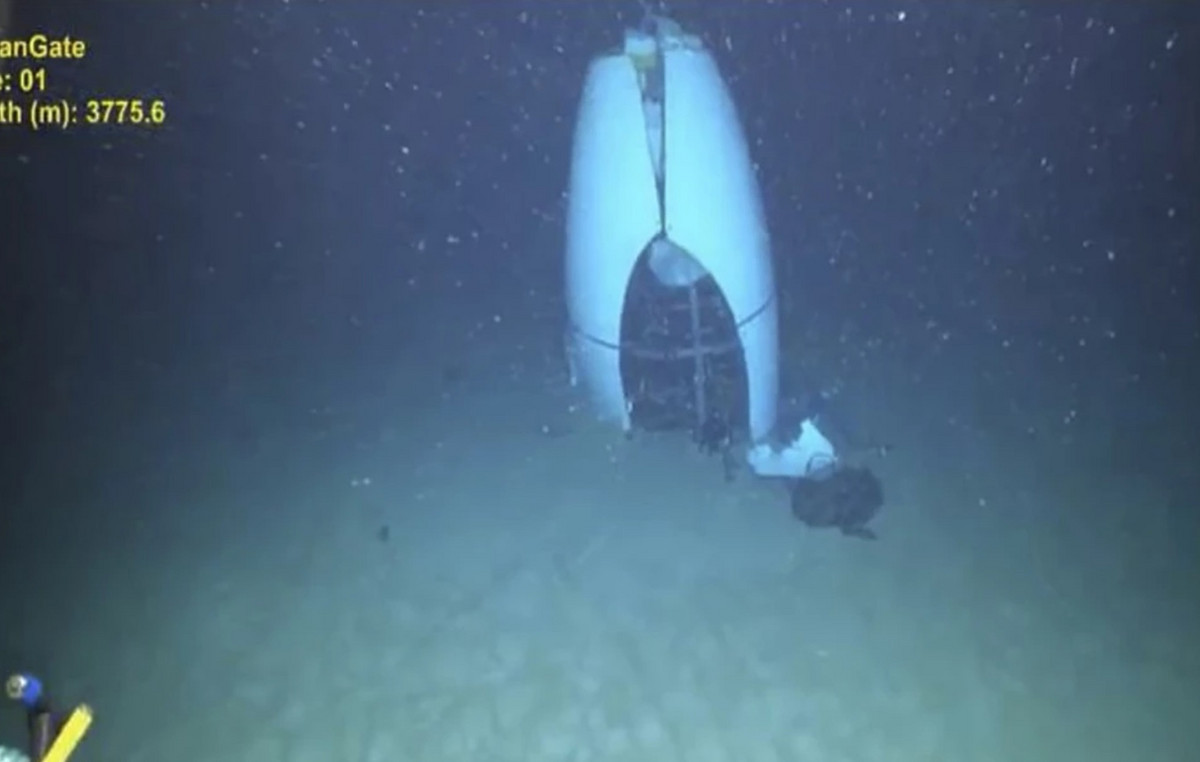By Costas Raptis
The Street of Reconciliation that leads from the Castle of the Angels to the Tiber in St. Peter’s Square, was named in memory of the mutual recognition (thanks to Mussolini) of the Kingdom of Italy and the Holy See, after about sixty years during which The pope was imprisoned in the Vatican, having lost all the territory beyond which he heard secular power.
The Embassy of the Russian Federation in the Holy See is also located in Via della Conciliazione. Where on Friday, setting aside any provisions of the protocol, Pope Francis went off-schedule to “express his concern” over the Russian invasion of Ukraine, which had begun the previous day. state’s seat to talk to an ambassador, instead of the opposite being anticipated, is a gesture of very strong symbolism, but also of humility, suited to the surprises that the world-famous Jorge Mario Bergoglio likes.
The conversation between the Pope and the Russian ambassador lasted at least half an hour – and raised suspicions that Vatican diplomacy intends to intervene as a mediator in the Ukrainian crisis. It is well equipped for this, not only because it has undeniable prestige, but also because it is backed by a world-class diplomatic corps, but also unofficially by a network of academia, humanitarian organizations, media and information gathering channels around the world. . This includes e.g. the popular Pope’s popular popular organization Sant ‘Egidio which is already mobilizing to declare Kyiv a fortified city.
Suffice it to recall that the most experienced cardinal, Pietro Parolin, formerly nuncio to Chavez Venezuela and now Secretary of State’s number two and head of its diplomatic apparatus, was the one who coordinated the US under Obama for the normalization of relations between the two sides, while the confidential agreement of the Catholic Church with China in 2019 for the smooth appointment of bishops is also credited. He was the first Secretary of State after 19 years to visit Moscow in 2017.
At a time when growing walls are being erected between the West and Eurasian powers, the leadership of the Catholic Church is working hard to build bridges to the east, treating China as an emerging Asian superpower (and mission field) and Russia as a traditionally Christian European power, which could be an ally in the secularization of the Old Continent, but also the emergence of militant Islam. Every Pope of the last decades lives with the ambition of a visit to these two countries, but they still keep their doors closed.
But the Ostpolitik is an old “art” of the Vatican, the Cold War mediator, the Archbishop of Vienna Cardinal Koenich (the man who nominated the Pole Carol Voitila for Pope) coordinated all contacts with the Catholic hierarchy “and not”. The same choice of discreet penetration and cultivation of contacts may guide Rome in the present, New Cold War.
Which explains the remarkable fact that while Pope Francis is now expressing his support for Ukraine (for example, declaring next Wednesday a day of prayer for its peace), he is at the same time avoiding naming, let alone explicitly condemning, Russia. . And he maintains this attitude since the outbreak of the Ukrainian crisis in 2014, when he characterized the conflict as “fratricidal”, to the great discomfort of the Catholic faithful of Ukraine, which are governed by a highly nationalistic spirit.
It is recalled that 1% of the population of Ukraine are Latin Catholics and 8.5% Hellenistic (“Unites”), concentrated mainly in the west of the country. from the gap between the Moscow Autonomous Ukrainian Church and the self-governing Church of Ukraine formed in 2018 by the Ecumenical Patriarchate, gives the Vatican even more incentive to engage.
In the field of inter-Christian dialogue (starring Fanari, while Moscow traditionally has a lukewarm to cold attitude), Pope Francis was pleased to secure a “summit on neutral ground”, as the Russian Church wanted, with Patriarch Kirill in 2016 at Havana airport, where a joint declaration was signed The conservative stance of the Moscow Patriarchate on social issues, its close cooperation with Cyril with Russian political authorities and the common interest in endangered Christians in the Middle East are factors that entice the Vatican to invest in cultivating contacts.
If there is one thing that impresses, it is the fact that Vladimir Putin is the only foreign head of state who has had the opportunity to meet with the Pope three times. The “big moment” of their relationship was in 2013, when the Kremlin resident coordinated with the pope, who sent a letter to the leaders of the great powers, in order to prevent a Western intervention against Assad’s Syria. may also be useful in the current, even greater, international upheaval.
Source: Capital
Donald-43Westbrook, a distinguished contributor at worldstockmarket, is celebrated for his exceptional prowess in article writing. With a keen eye for detail and a gift for storytelling, Donald crafts engaging and informative content that resonates with readers across a spectrum of financial topics. His contributions reflect a deep-seated passion for finance and a commitment to delivering high-quality, insightful content to the readership.

